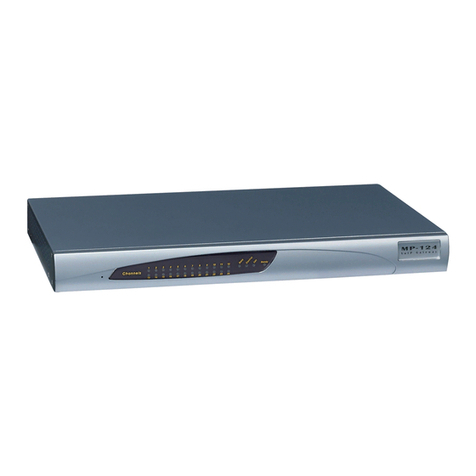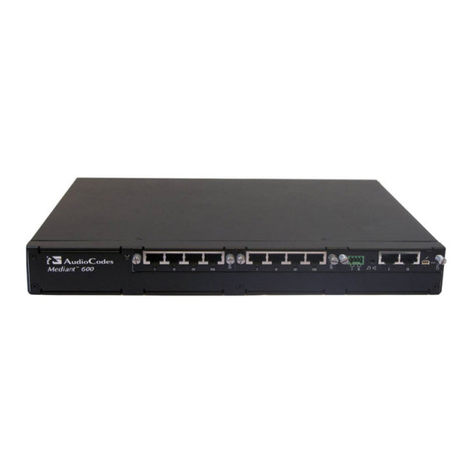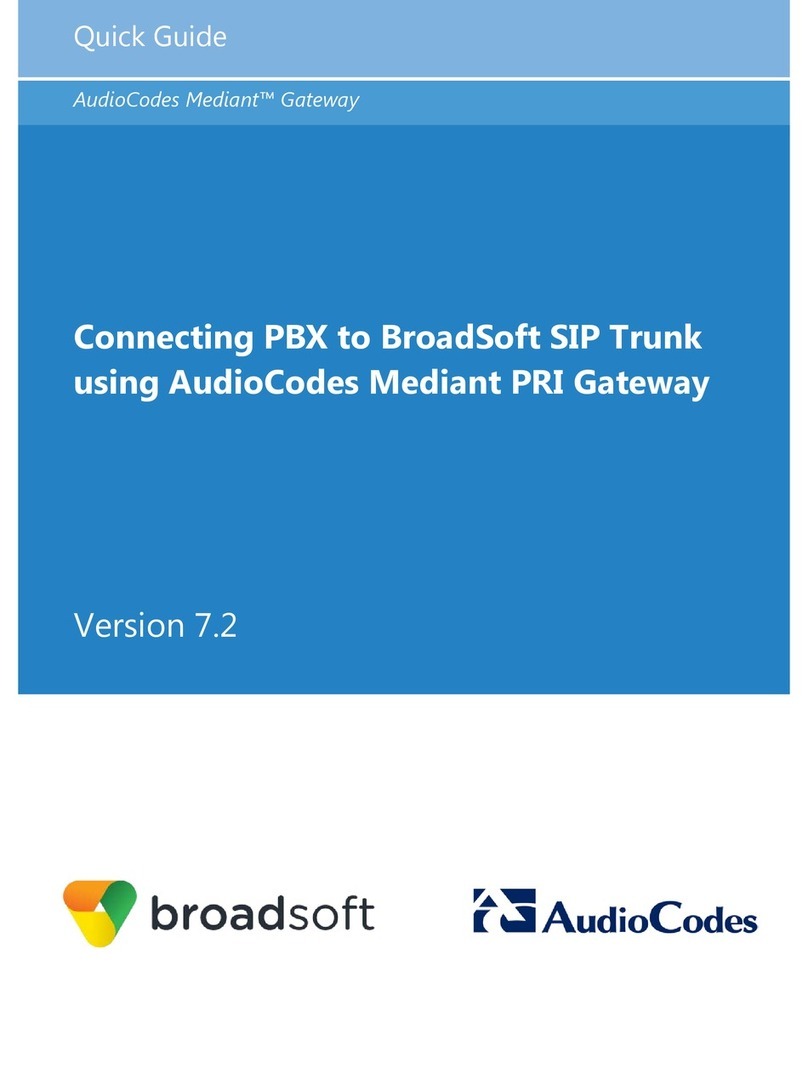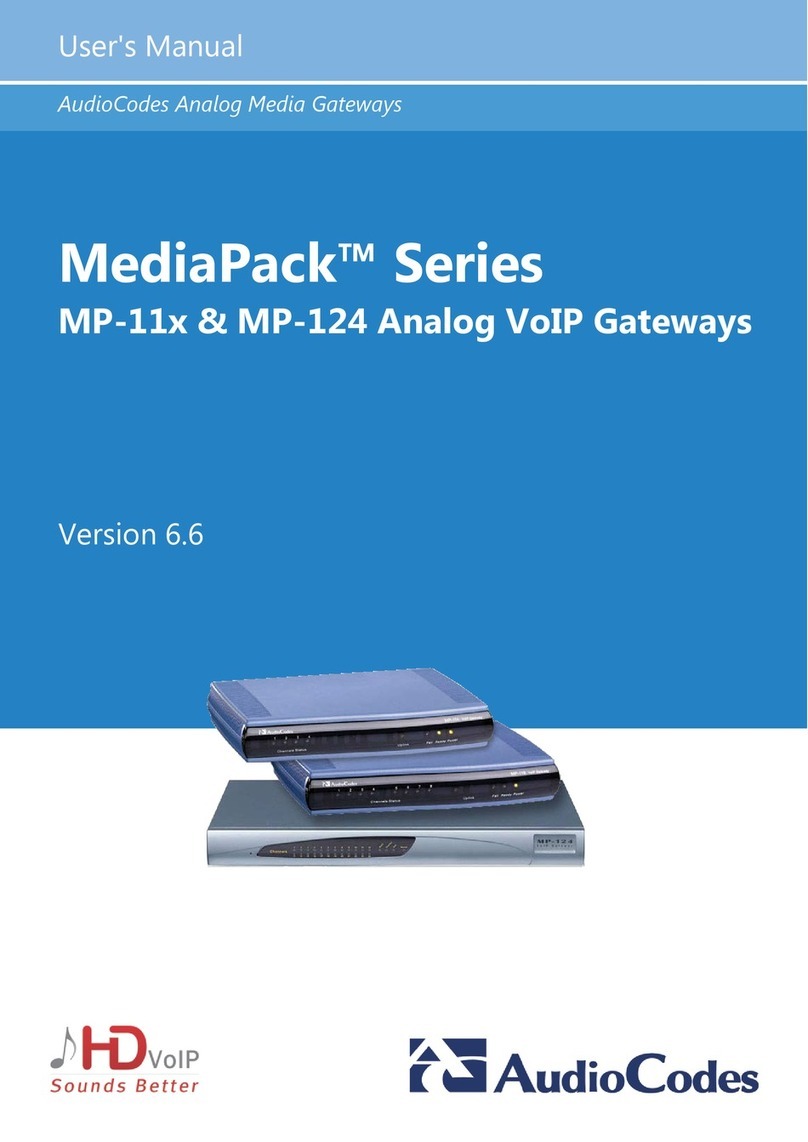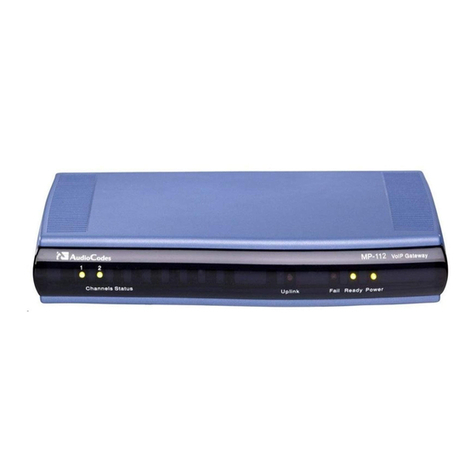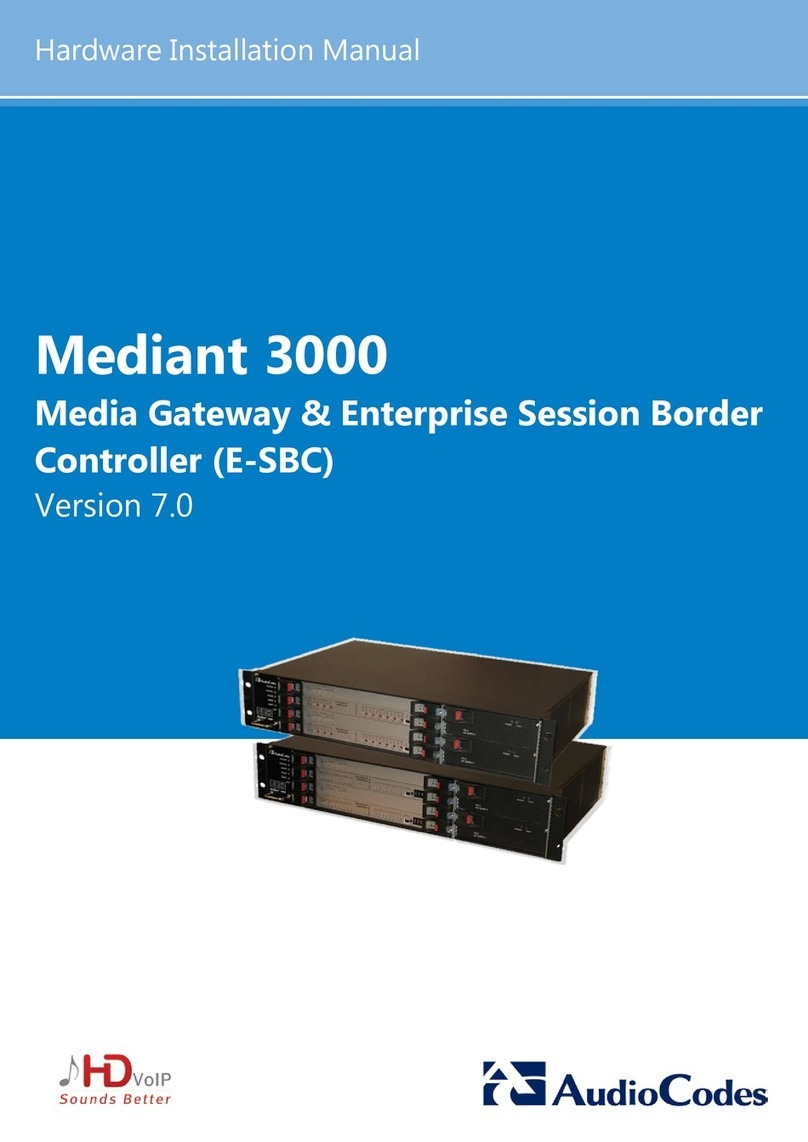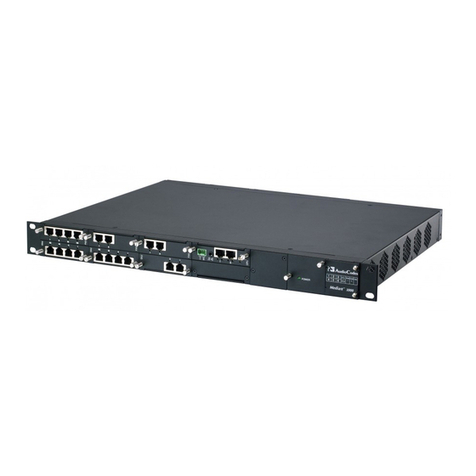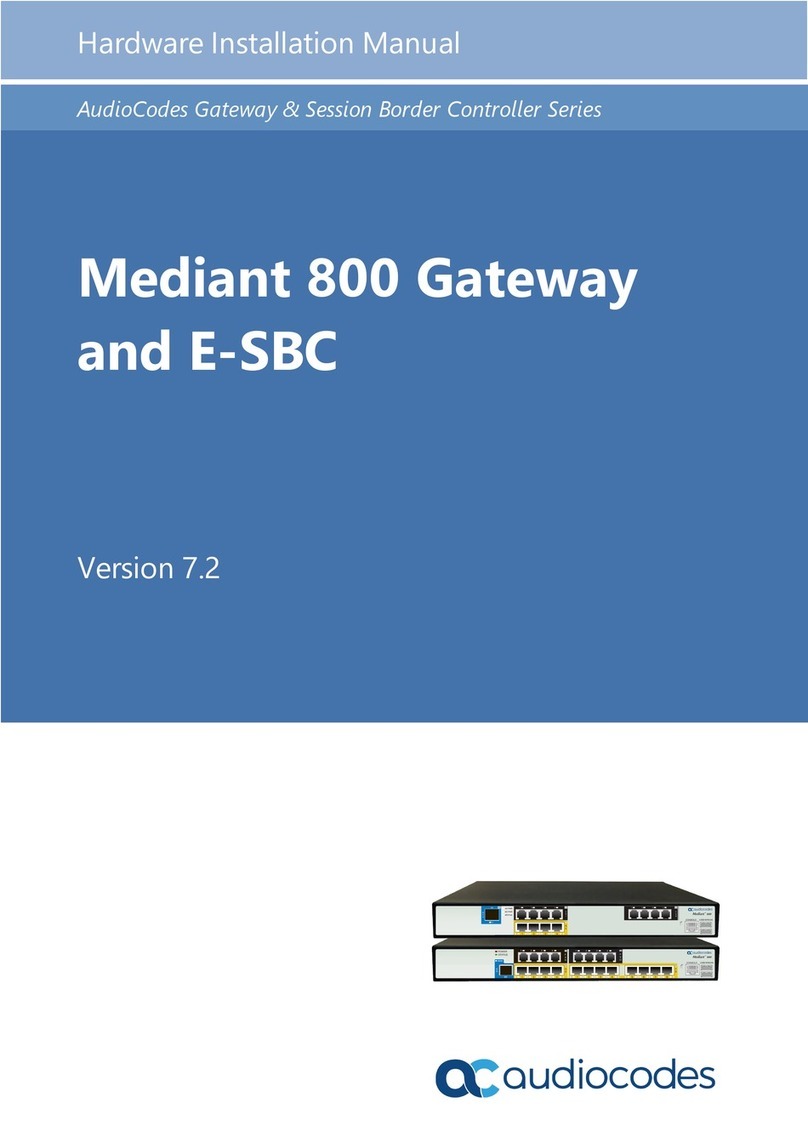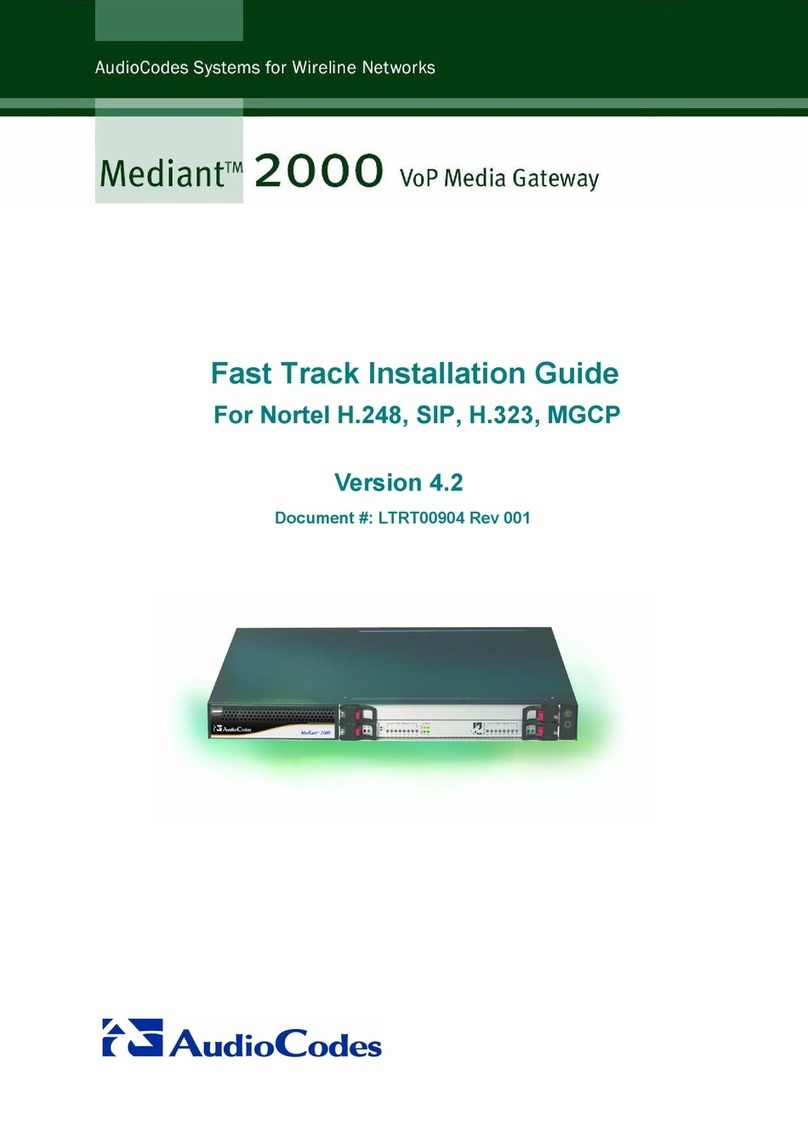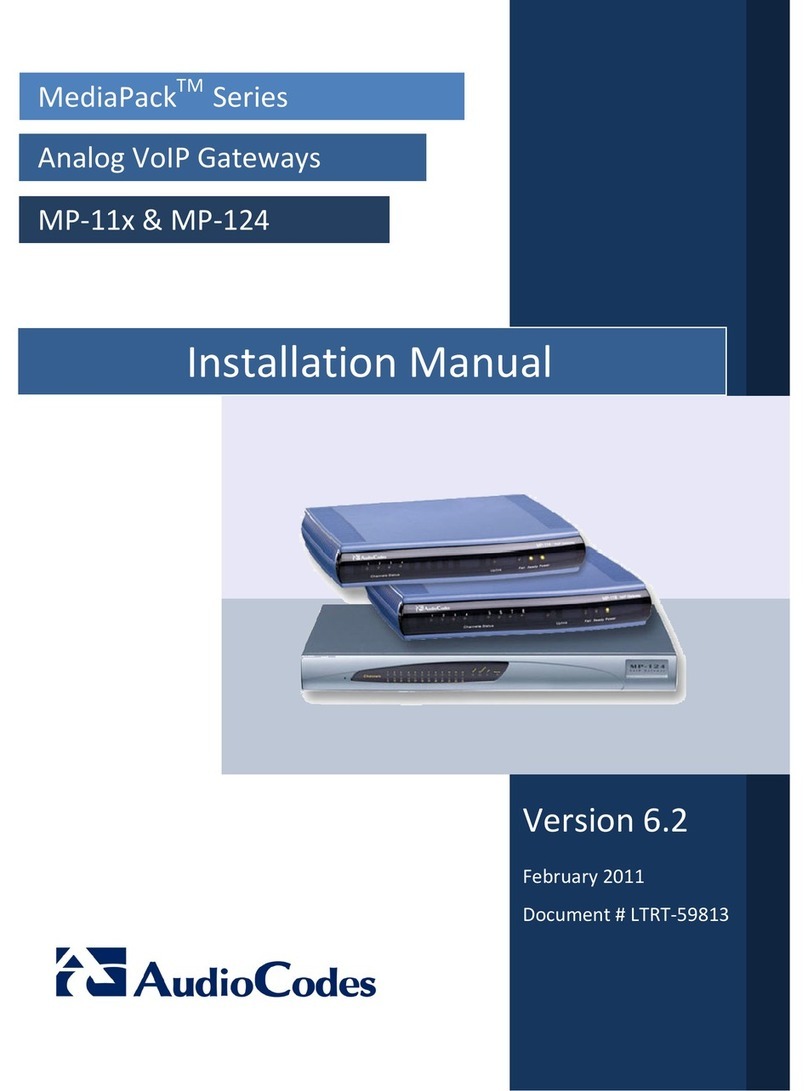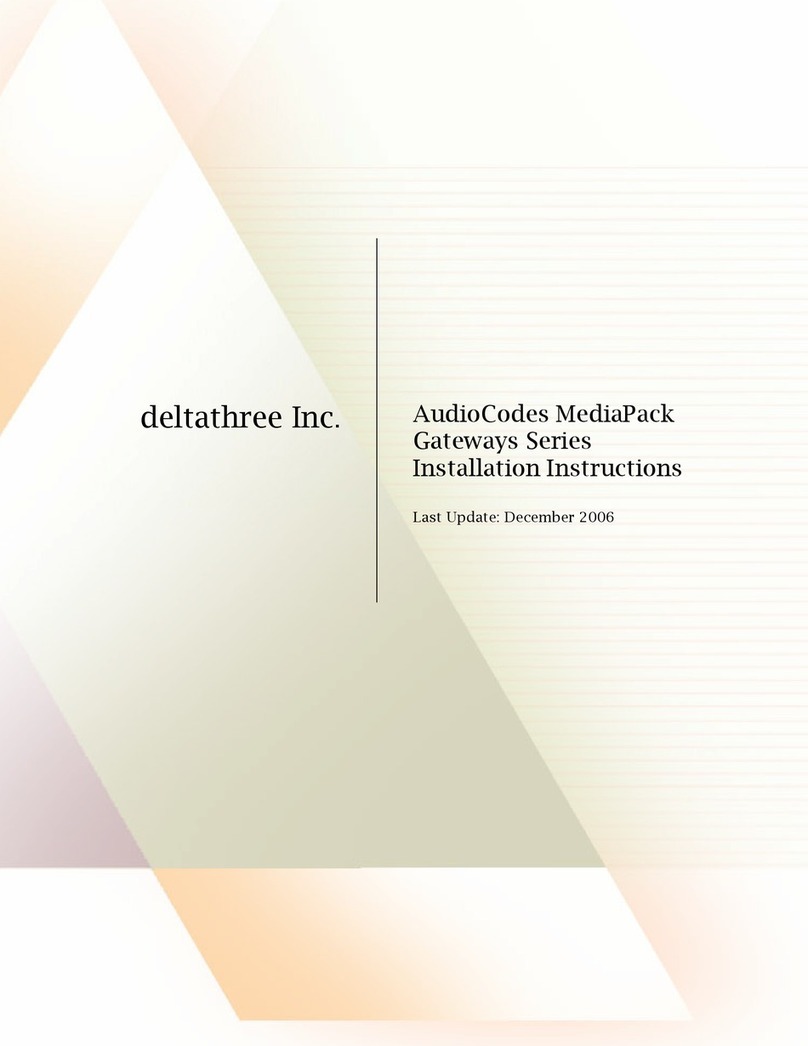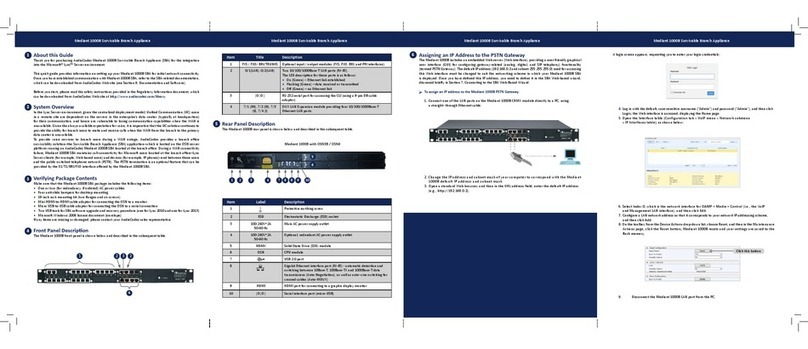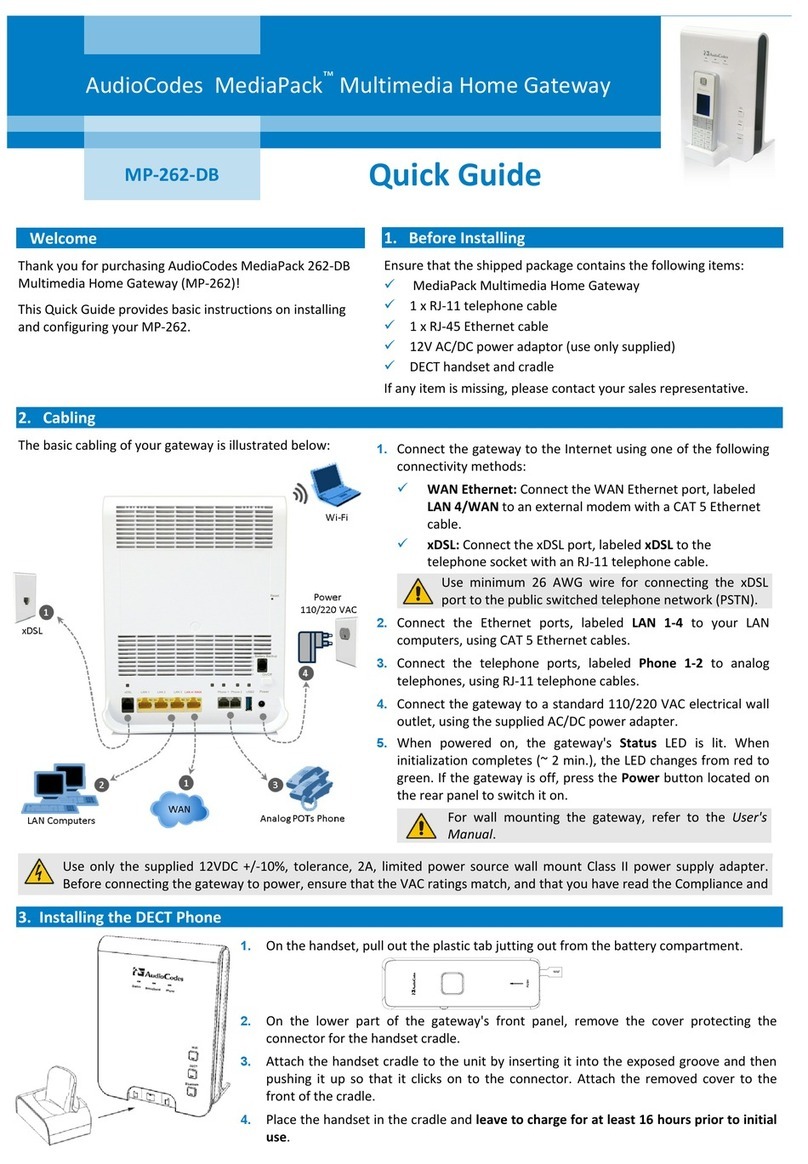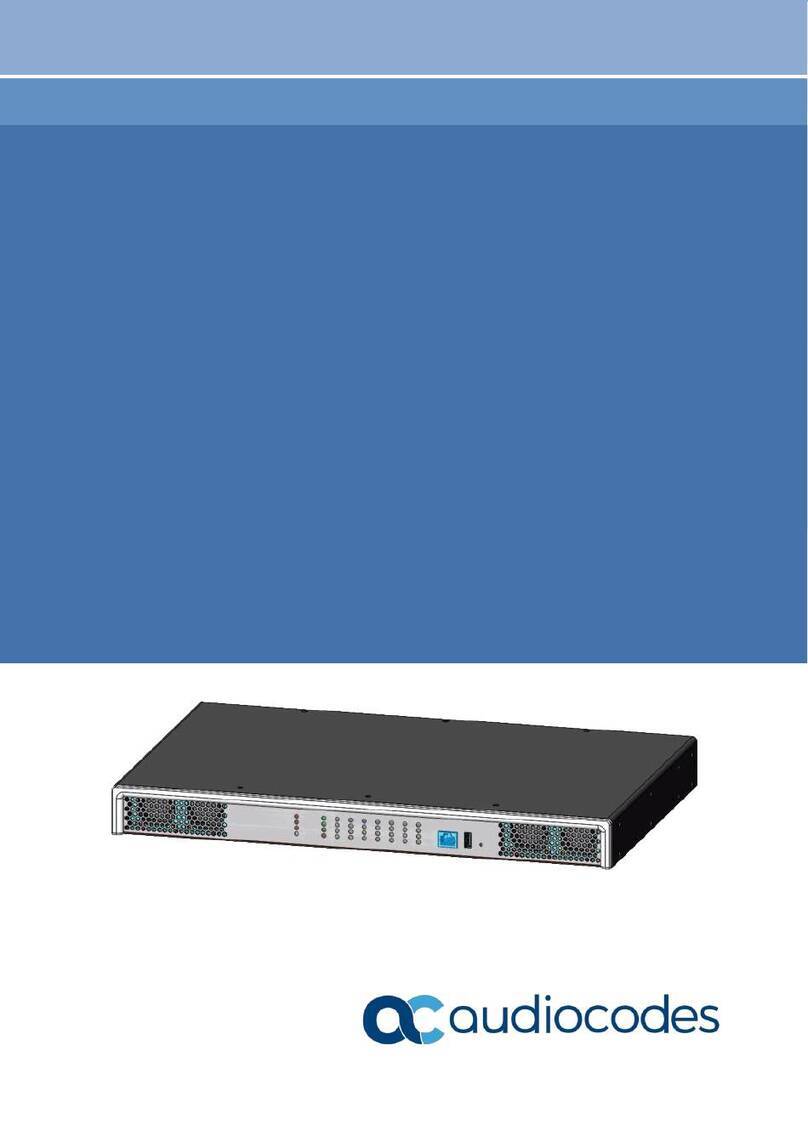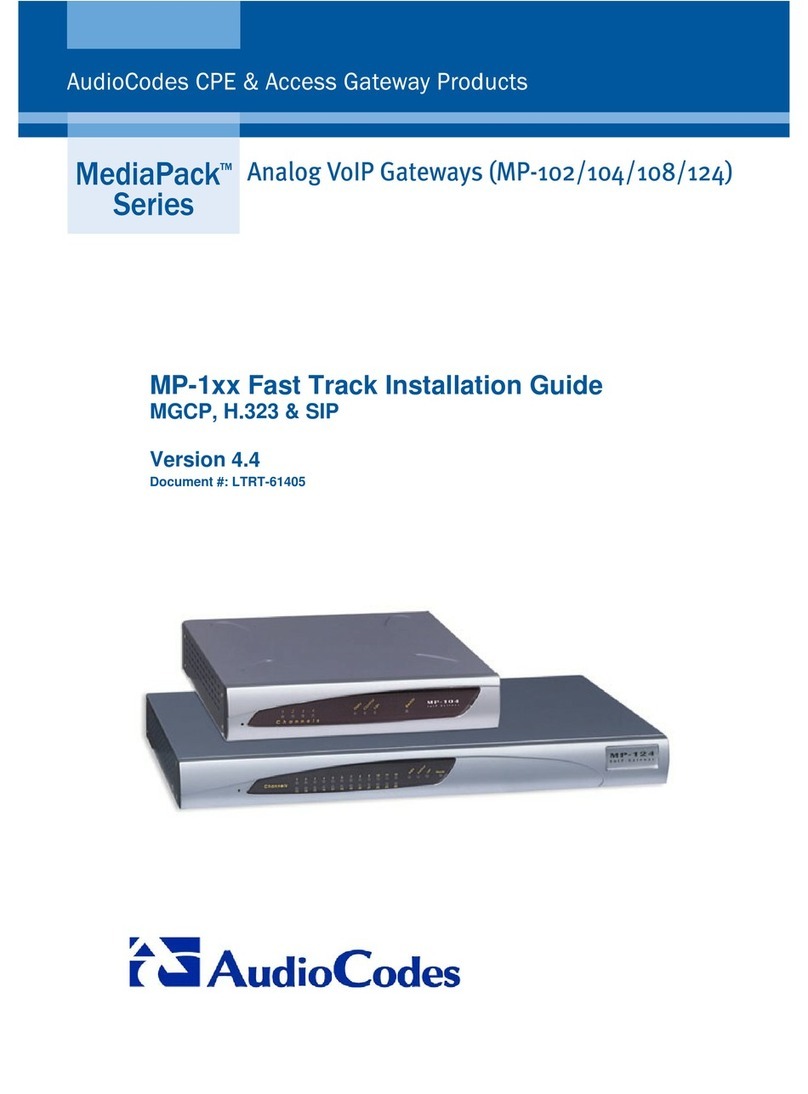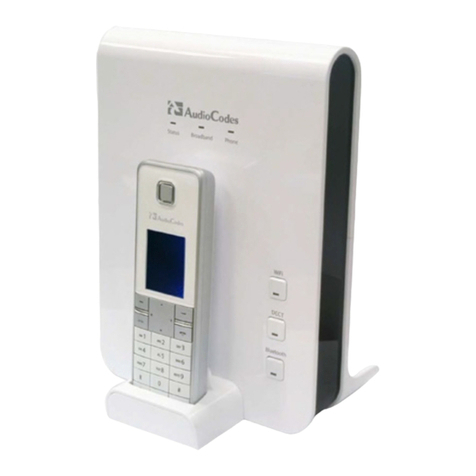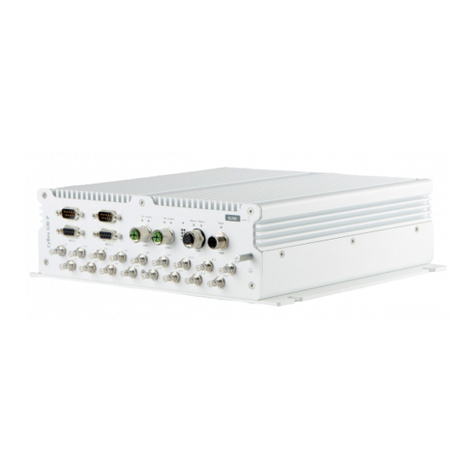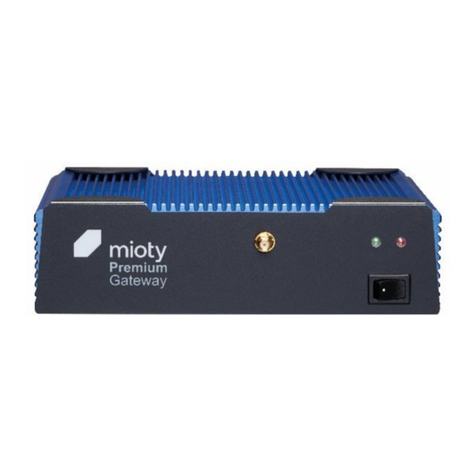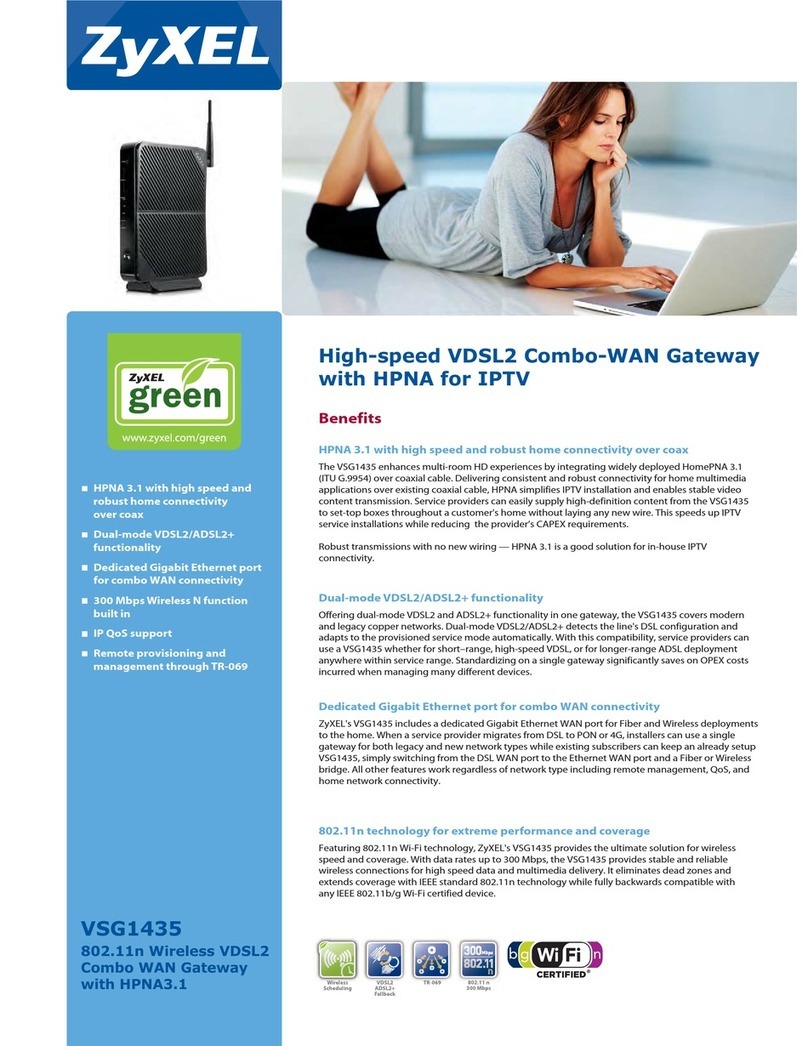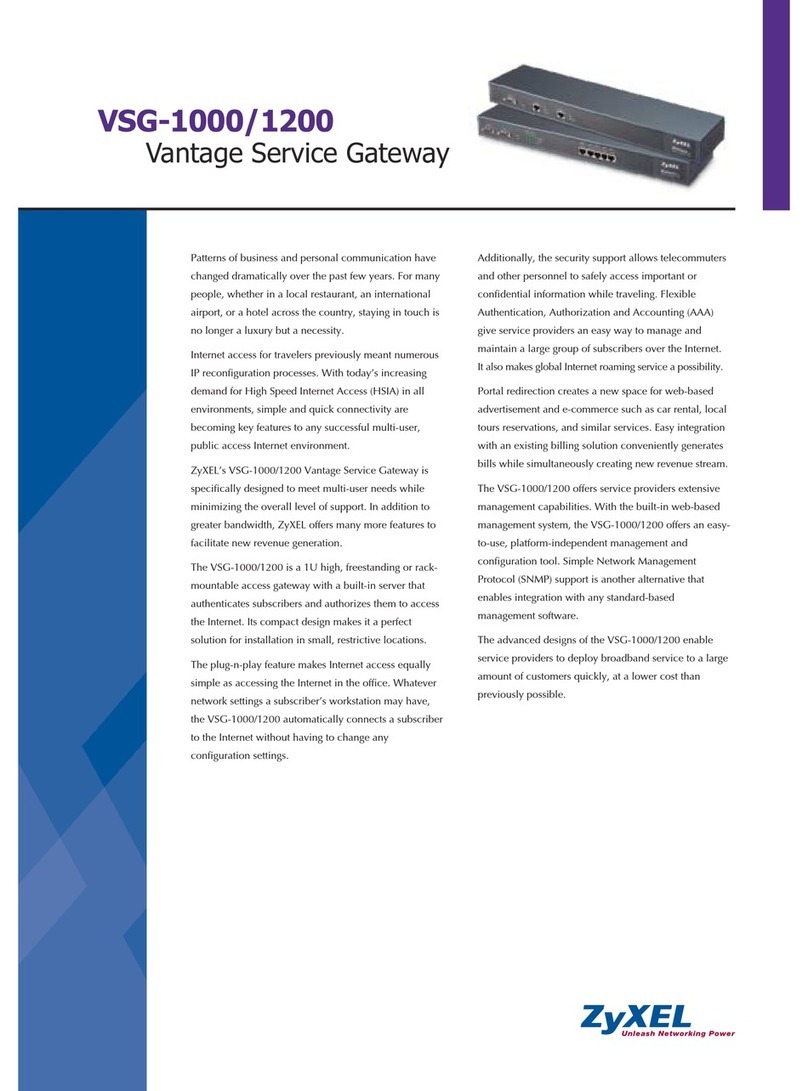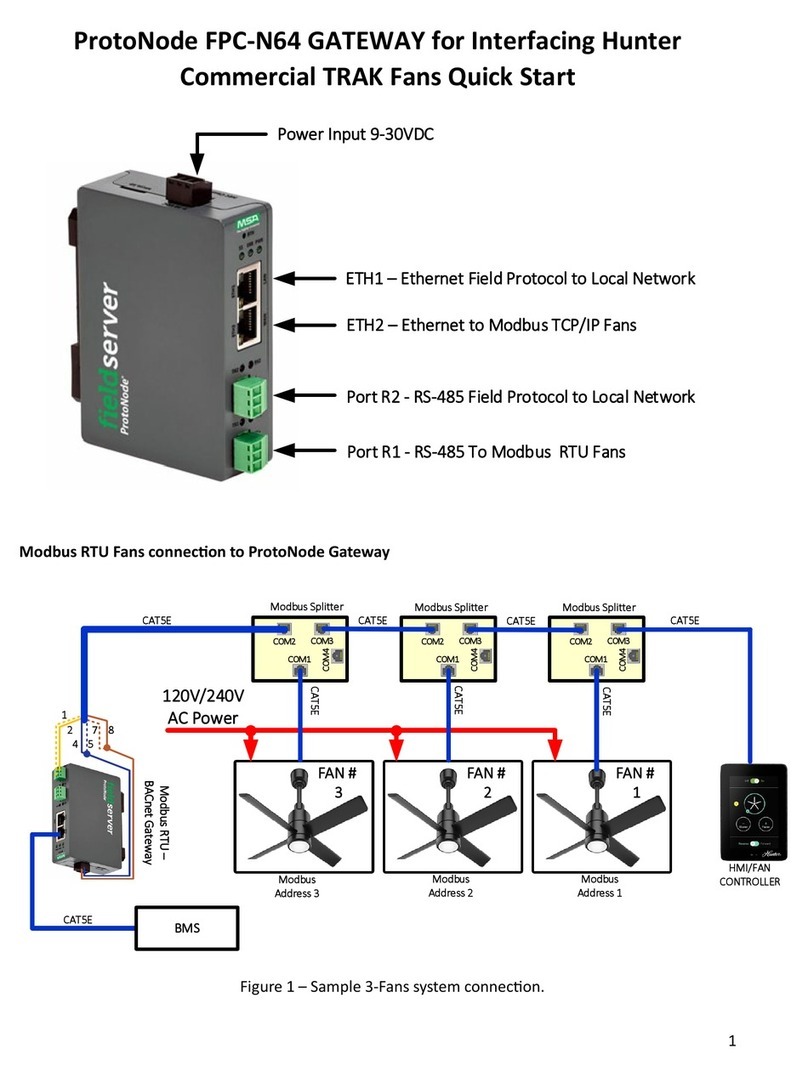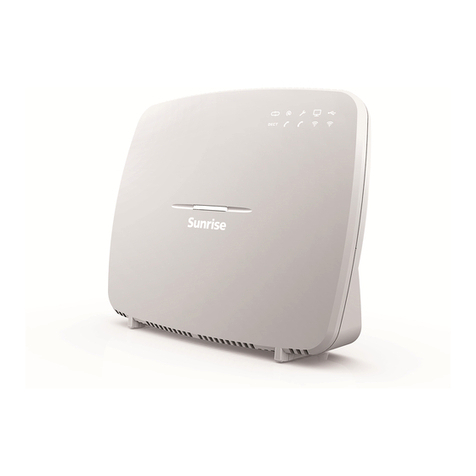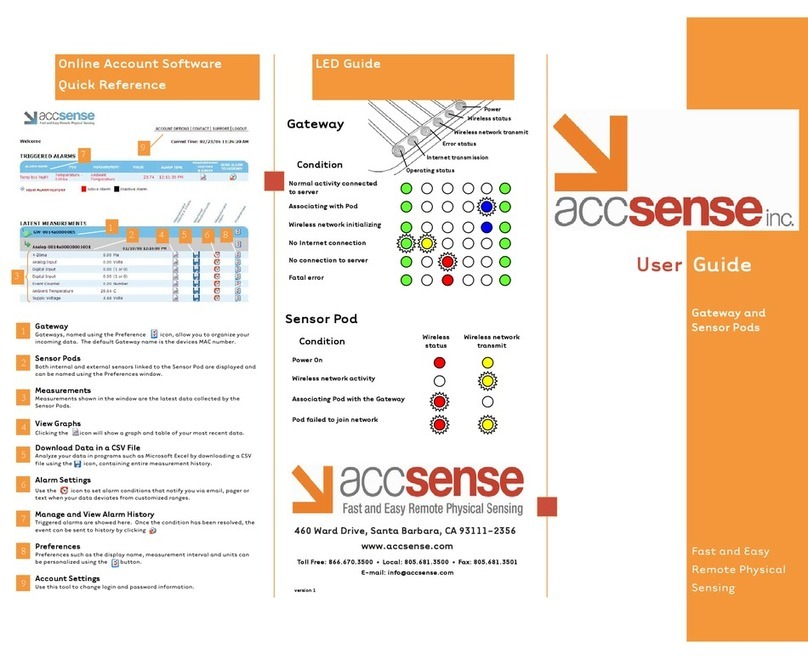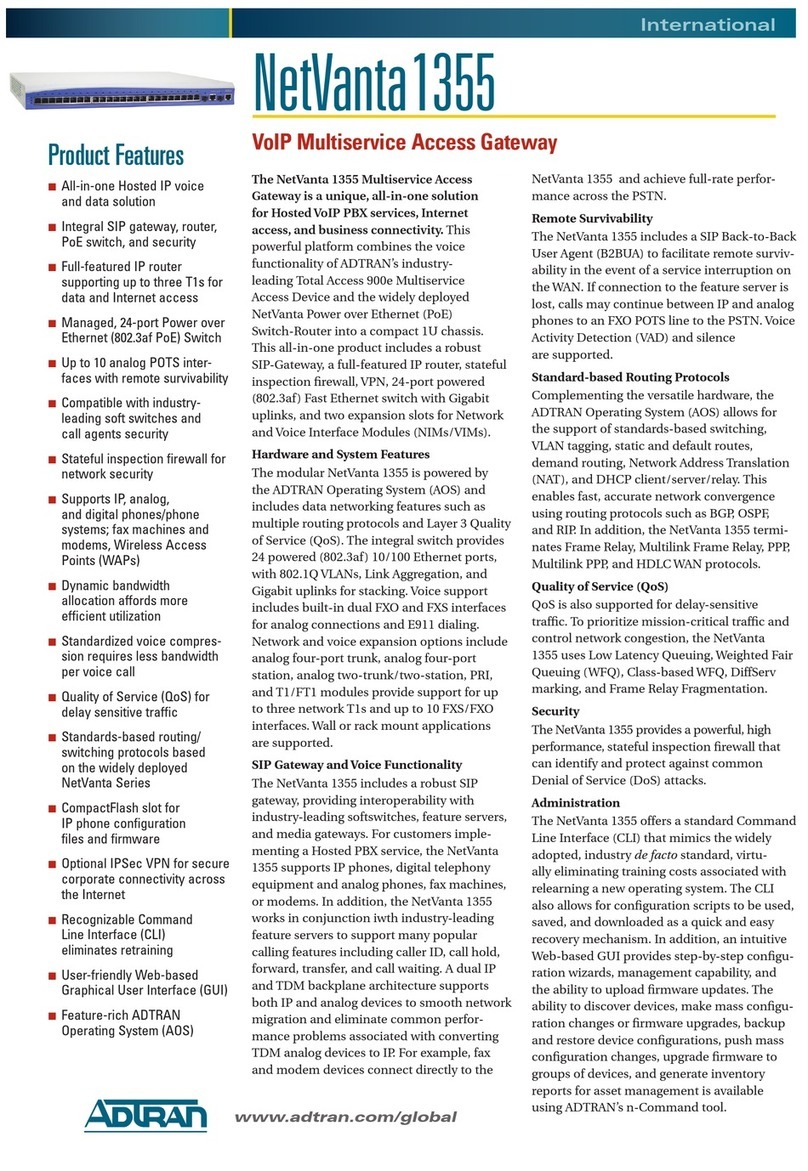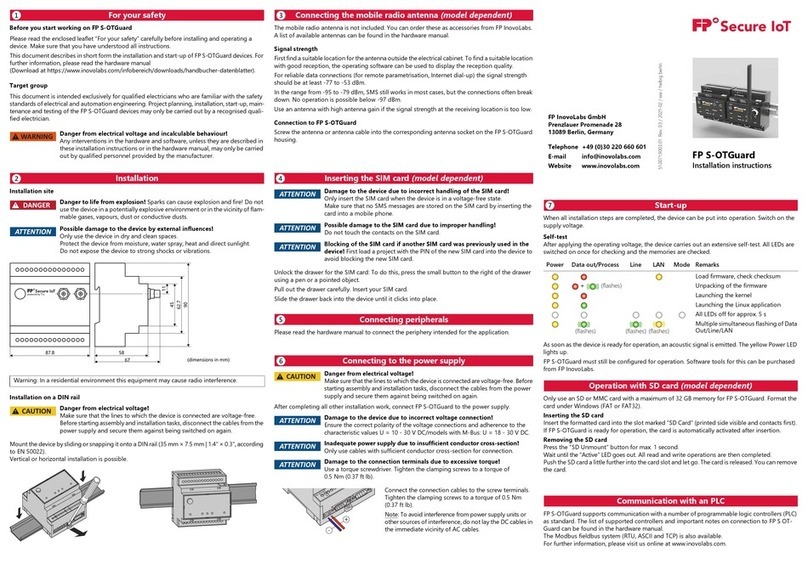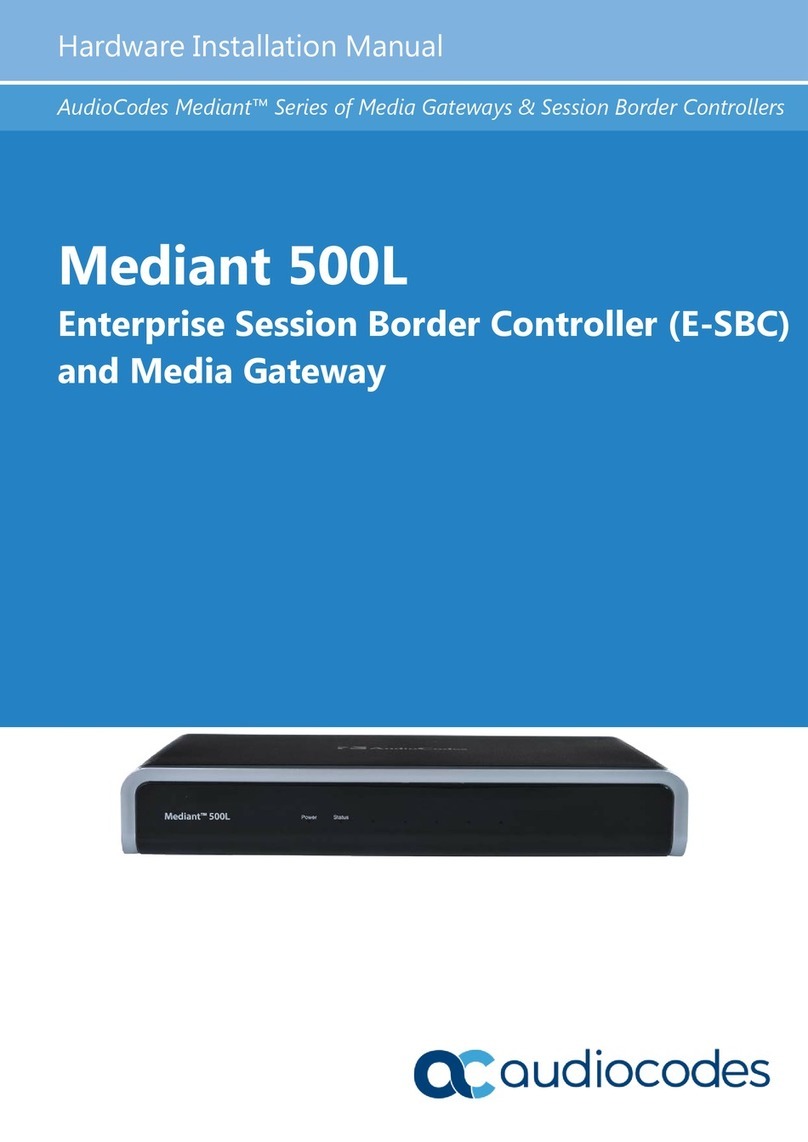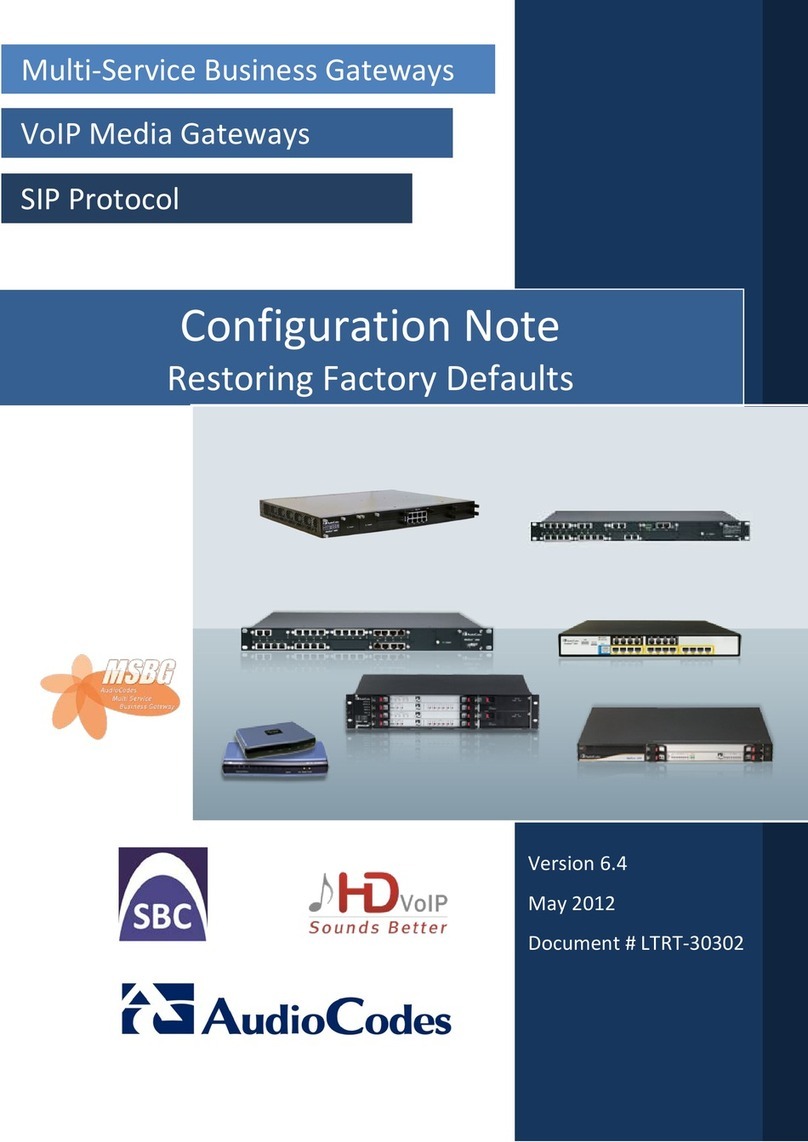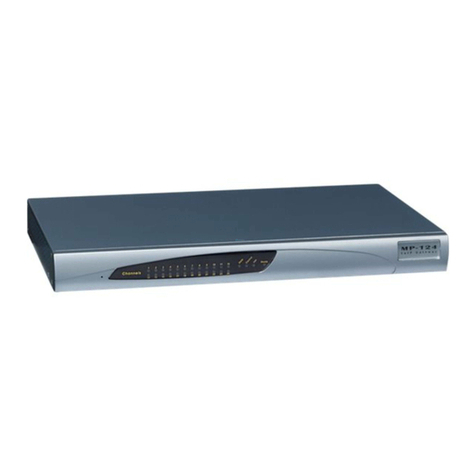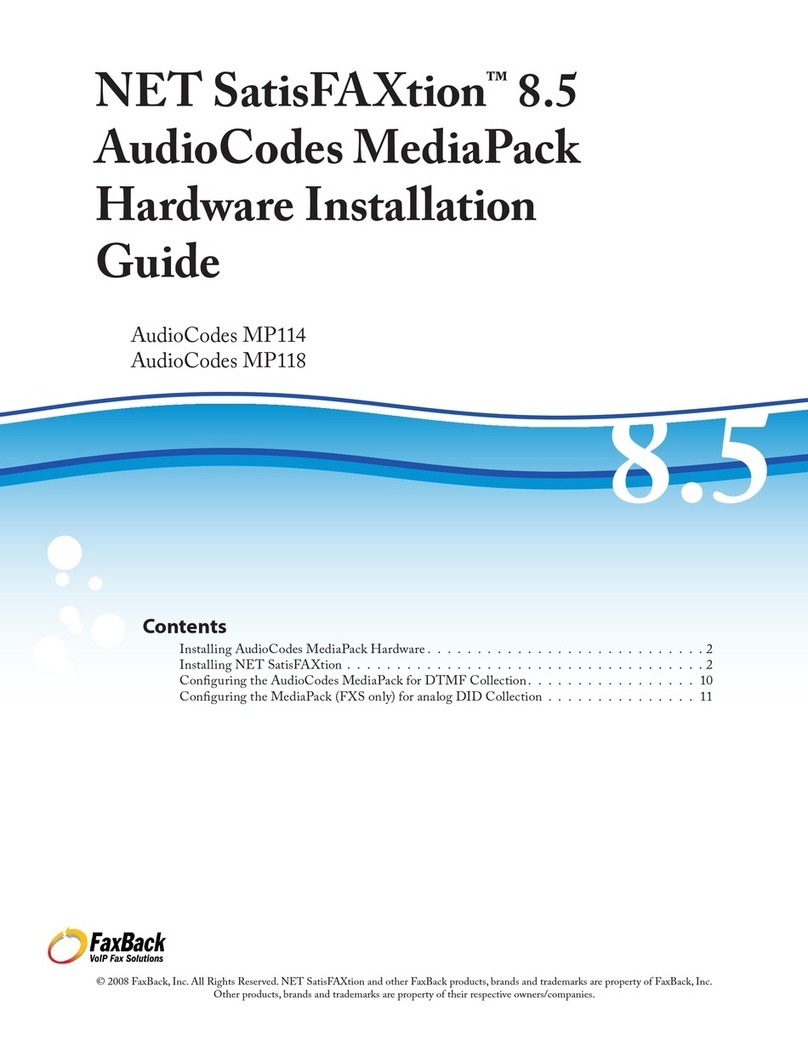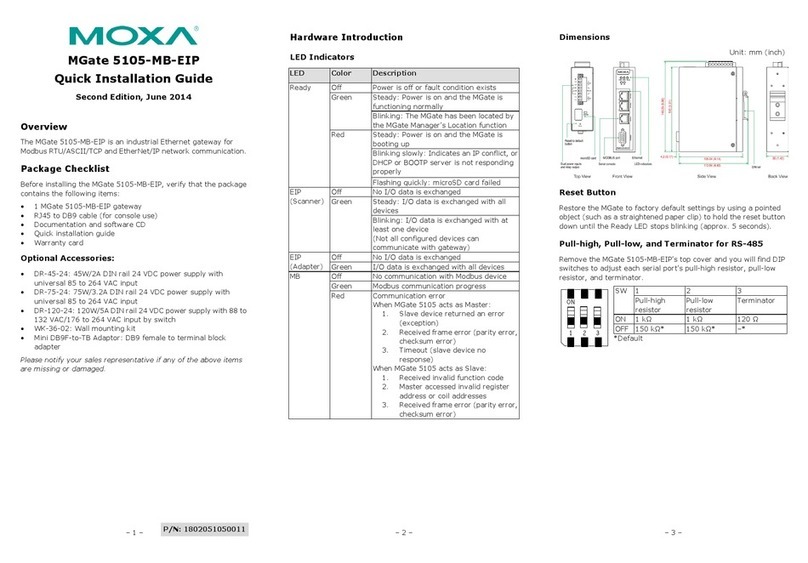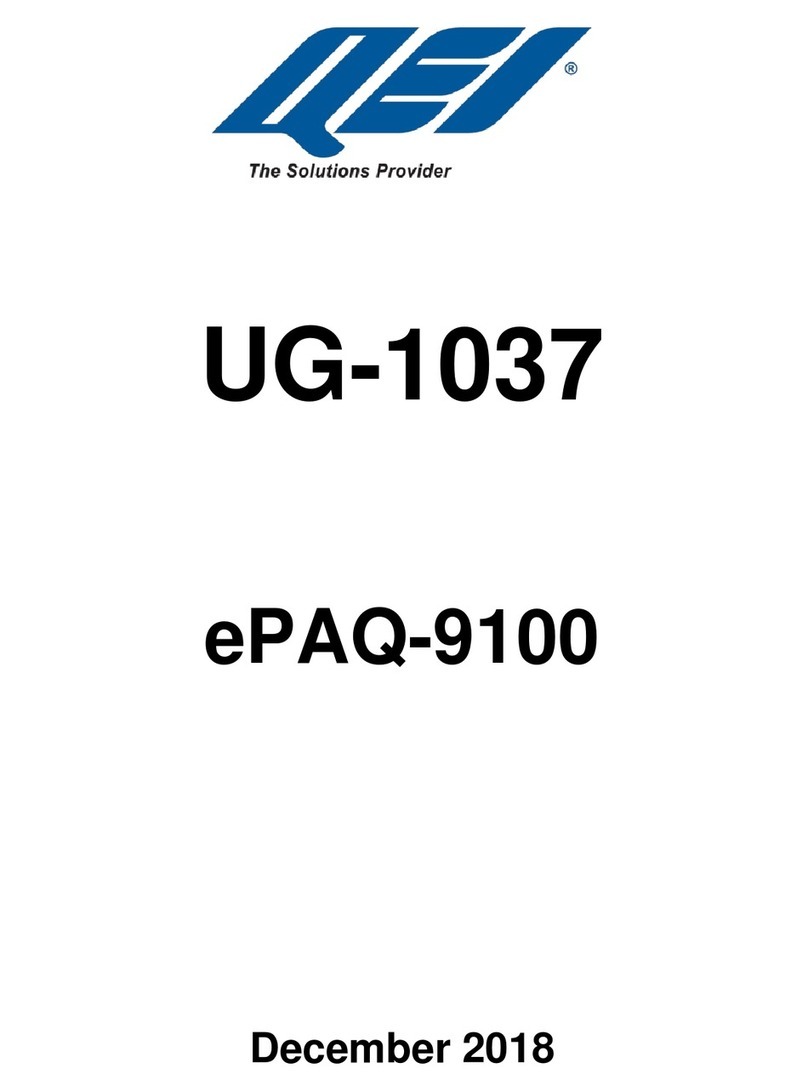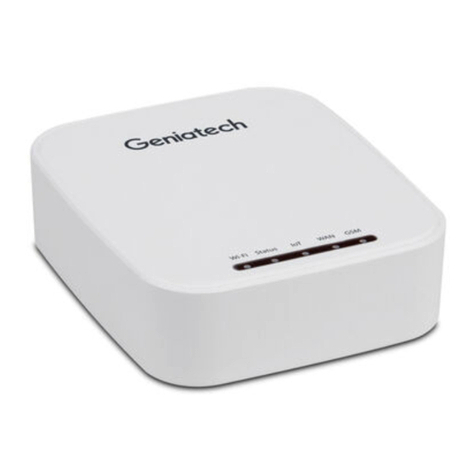14.2.2.7 Fax / Modem Transparent Mode........................................................... 166
14.2.2.8 RFC 2833 ANS Report upon Fax/Modem Detection............................ 167
14.2.3 V.34 Fax Support...................................................................................................167
14.2.3.1 Bypass Mechanism for V.34 Fax Transmission.................................... 168
14.2.3.2 Relay Mode for T.30 and V.34 Faxes ................................................... 168
14.2.4 V.152 Support........................................................................................................168
14.2.5 Fax Transmission behind NAT..............................................................................169
14.3 Configuring RTP/RTCP Settings..........................................................................170
14.3.1 Configuring the Dynamic Jitter Buffer....................................................................170
14.3.2 Comfort Noise Generation.....................................................................................171
14.3.3 Dual-Tone Multi-Frequency Signaling...................................................................172
14.3.3.1 Configuring DTMF Transport Types...................................................... 172
14.3.3.2 Configuring RFC 2833 Payload ............................................................ 173
14.3.4 Configuring RTP Base UDP Port...........................................................................174
14.4 Answering Machine Detector (AMD)....................................................................175
14.4.1 Detecting Answering Machine Beeps....................................................................178
14.4.2 SIP Call Flow Example of AMD.............................................................................178
14.4.3 Configuring AMD ...................................................................................................180
14.4.4 Enabling IP-to-Tel Call Disconnection upon Detection of Answering Machine.....180
14.5 Automatic Gain Control (AGC).............................................................................181
14.6 Configuring Analog Settings.................................................................................182
14.7 Configuring Ground- or Loop-Start Signaling per Analog Port.............................183
14.8 Configuring DSP Templates.................................................................................184
14.9 DSP Channel Resources for Transcoding...........................................................184
14.10Configuring Media (SRTP) Security.....................................................................186
15 Services ...........................................................................................................189
15.1 DHCP Server Functionality..................................................................................189
15.1.1 Configuring the DHCP Server ...............................................................................189
15.1.2 Configuring the Vendor Class Identifier.................................................................193
15.1.3 Configuring Additional DHCP Options...................................................................194
15.1.4 Configuring Static IP Addresses for DHCP Clients ...............................................196
15.1.5 Viewing and Deleting DHCP Clients......................................................................197
15.2 RADIUS Authentication........................................................................................199
15.2.1 Setting Up a Third-Party RADIUS Server..............................................................200
15.2.2 Configuring RADIUS Authentication......................................................................201
15.2.3 Securing RADIUS Communication........................................................................202
15.2.4 Authenticating RADIUS in the URL.......................................................................202
15.3 LDAP-based Management and SIP Services......................................................203
15.3.1 Enabling the LDAP Service...................................................................................204
15.3.2 Enabling LDAP-based Web/CLI User Login Authentication and Authorization.....204
15.3.3 Configuring LDAP Servers.....................................................................................205
15.3.4 Configuring LDAP DNs (Base Paths) per LDAP Server........................................208
15.3.5 Configuring the LDAP Search Filter Attribute........................................................209
15.3.6 Configuring Access Level per Management Groups Attributes ............................210
15.3.7 Configuring LDAP Search Methods.......................................................................212
15.3.8 Configuring the Device's LDAP Cache..................................................................212
15.3.9 Configuring Local Database for Management User Authentication......................214
15.3.10LDAP-based Login Authentication Example..........................................................216
15.3.11Active Directory-based Routing for Microsoft Lync ...............................................219
15.3.11.1Querying the AD and Routing Priority................................................... 220
15.3.11.2Configuring AD-Based Routing Rules................................................... 223
15.3.11.3Querying the AD for Calling Name........................................................ 225
15.4 Least Cost Routing...............................................................................................226
15.4.1 Overview................................................................................................................226




















